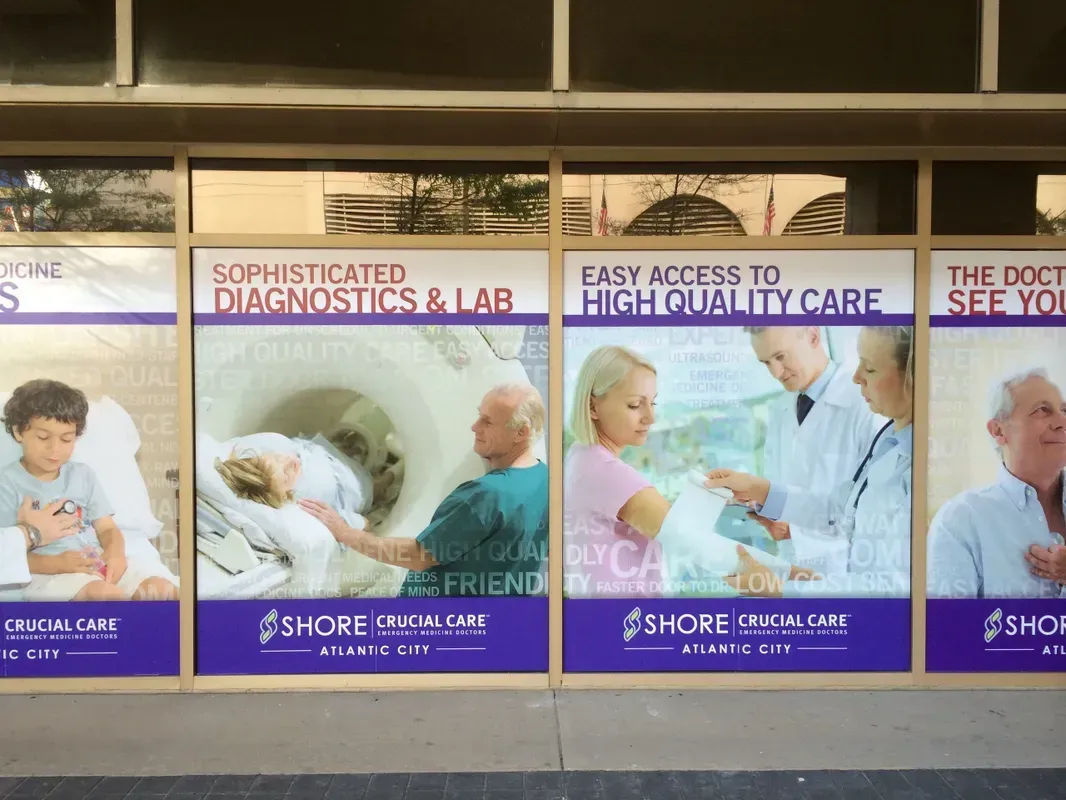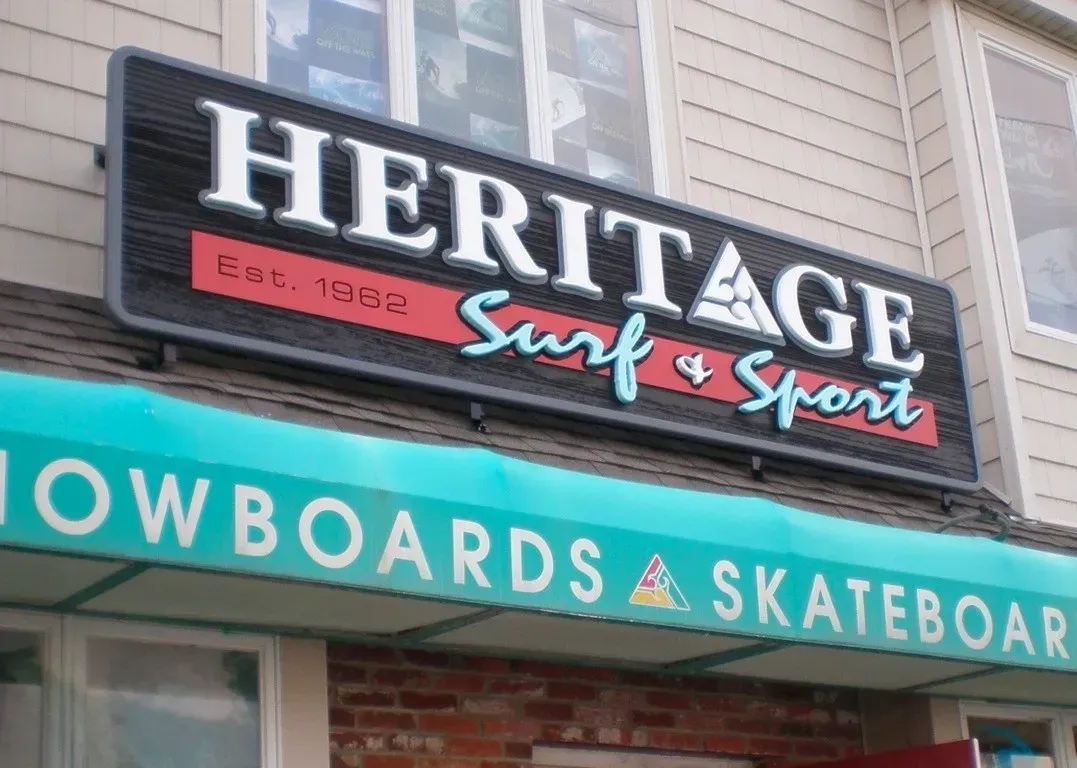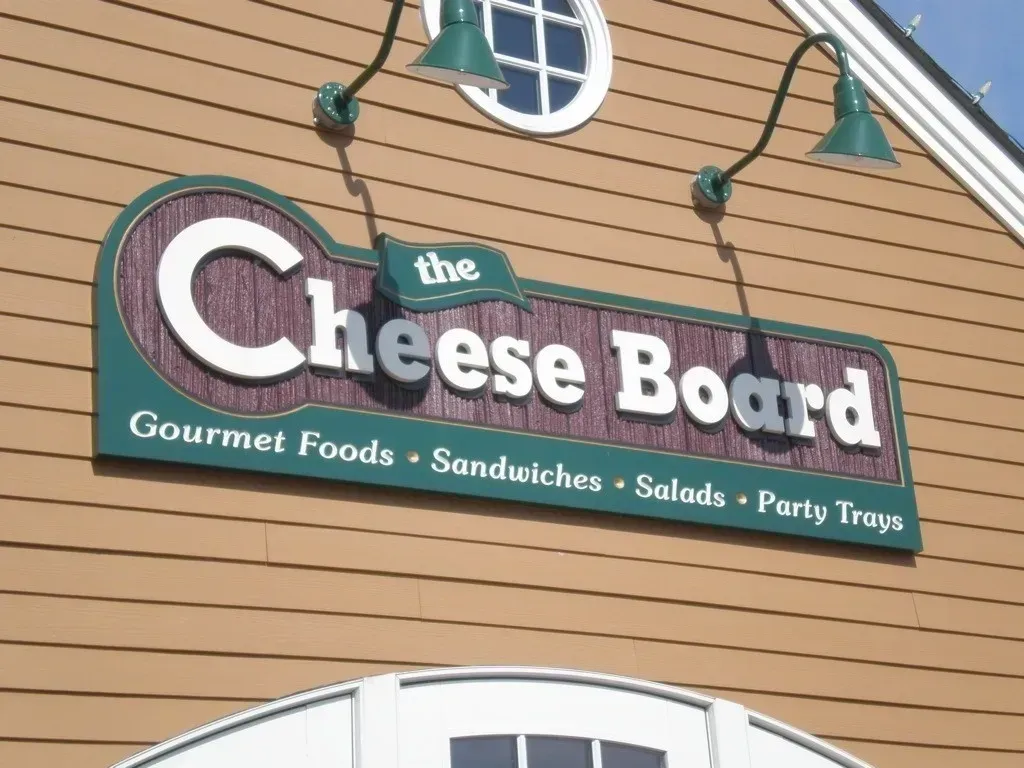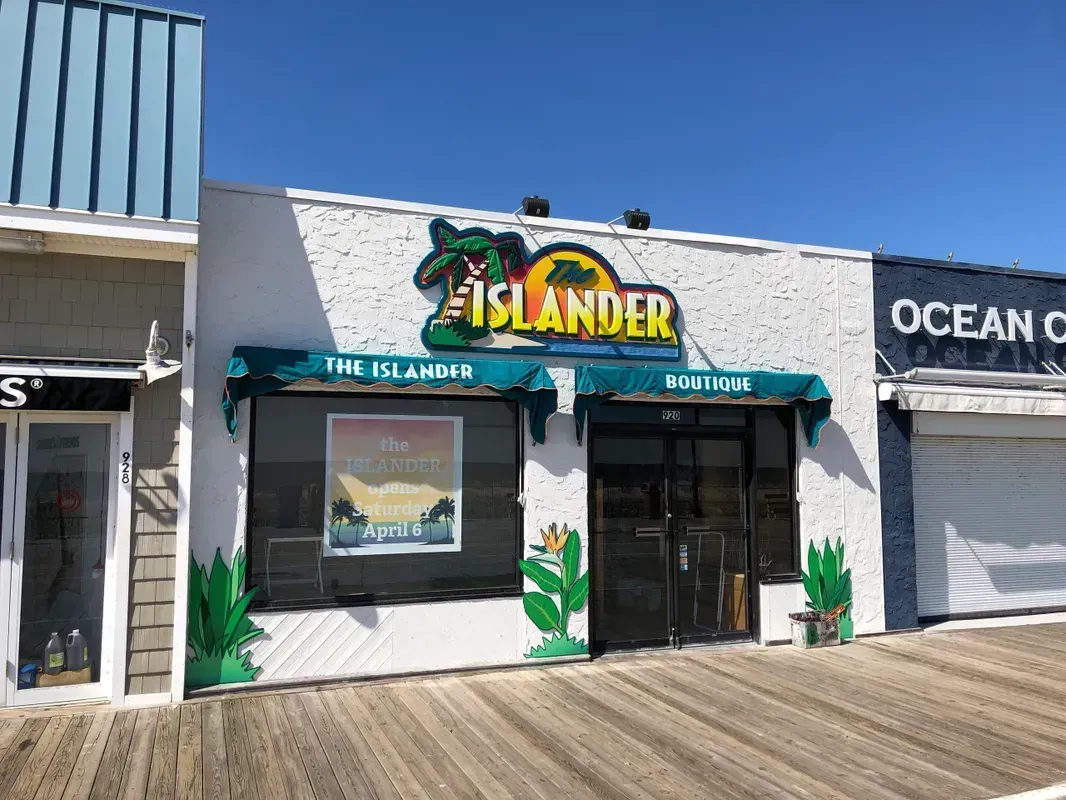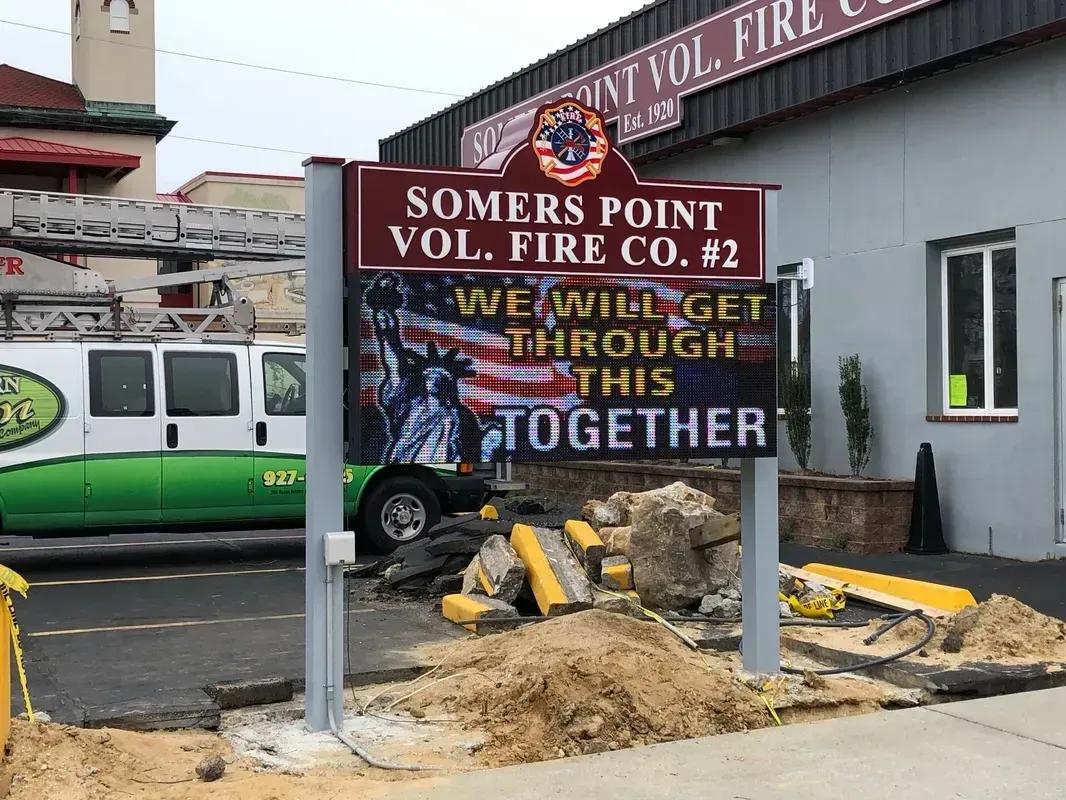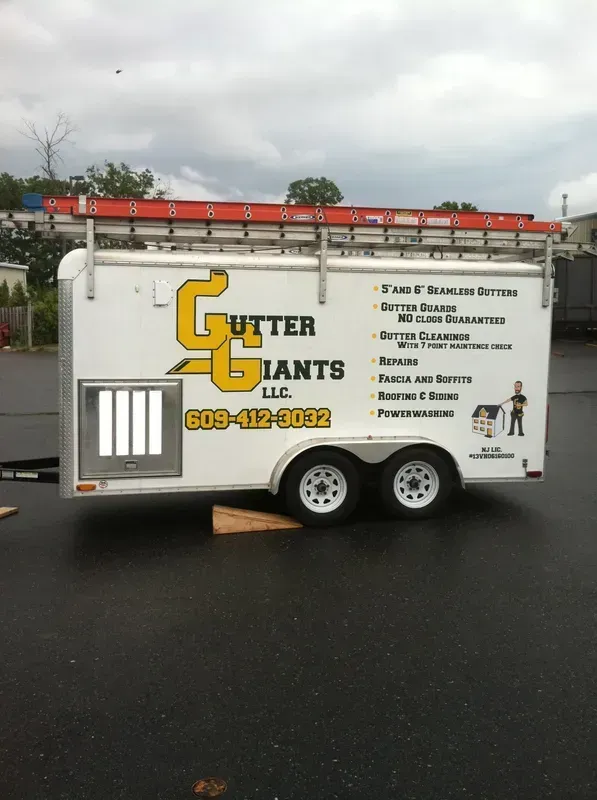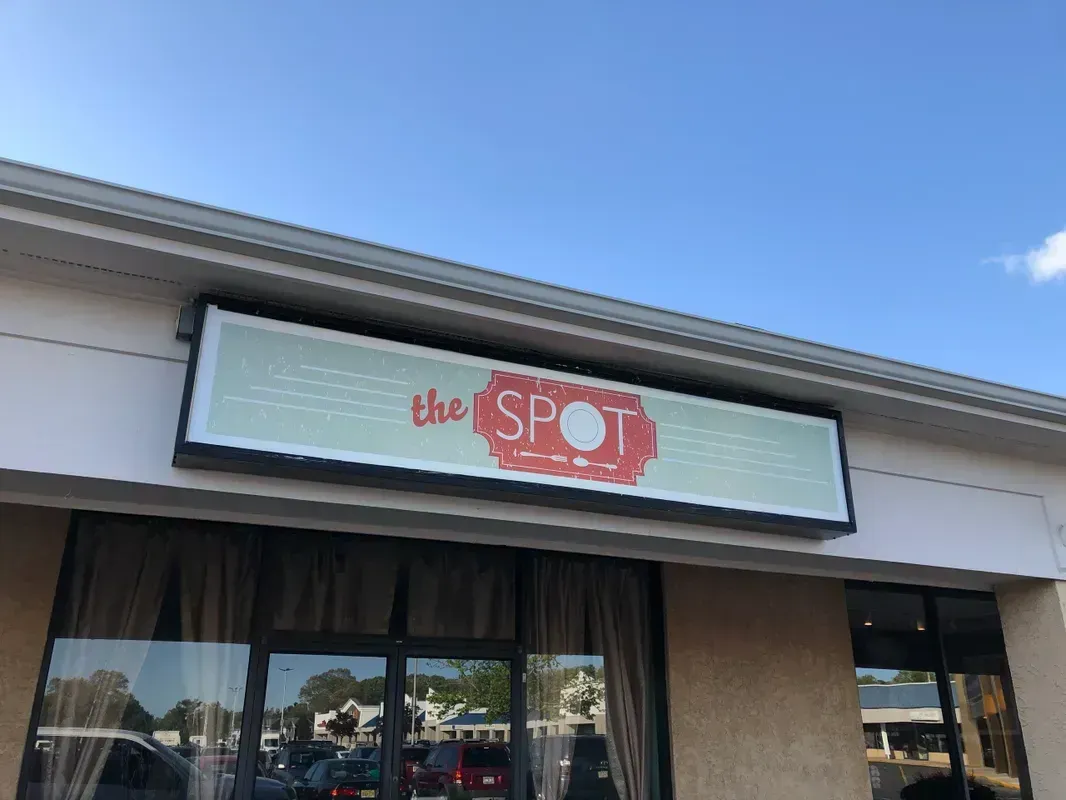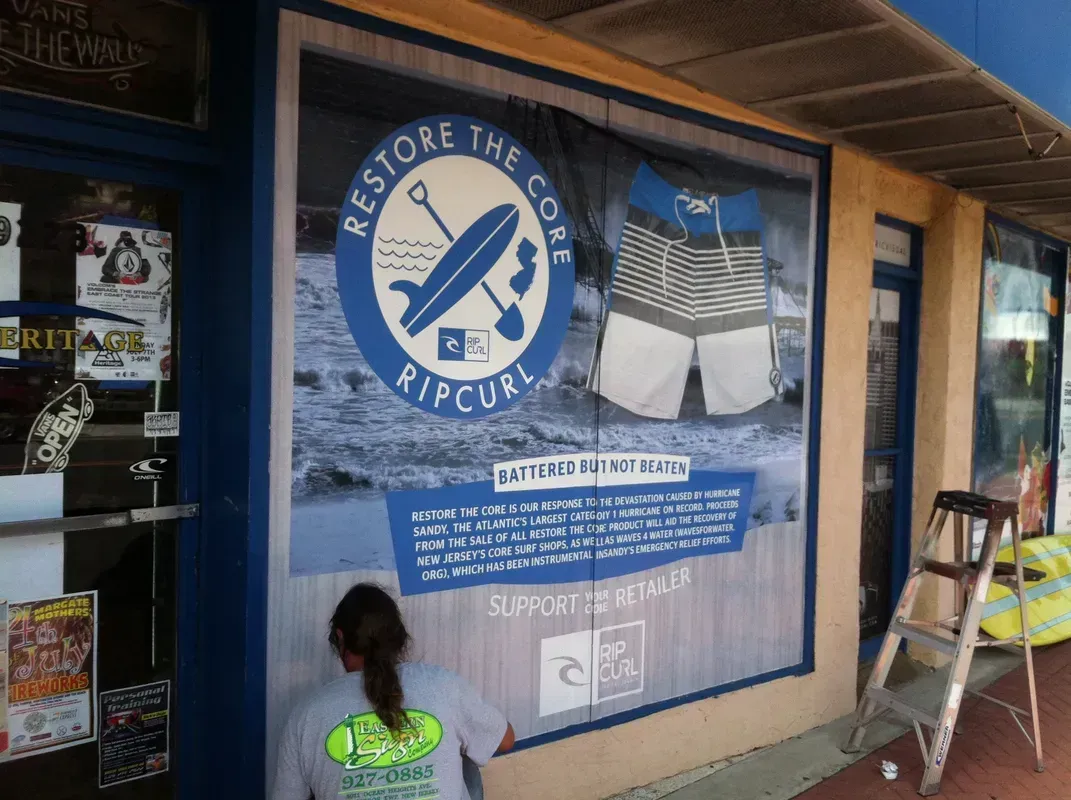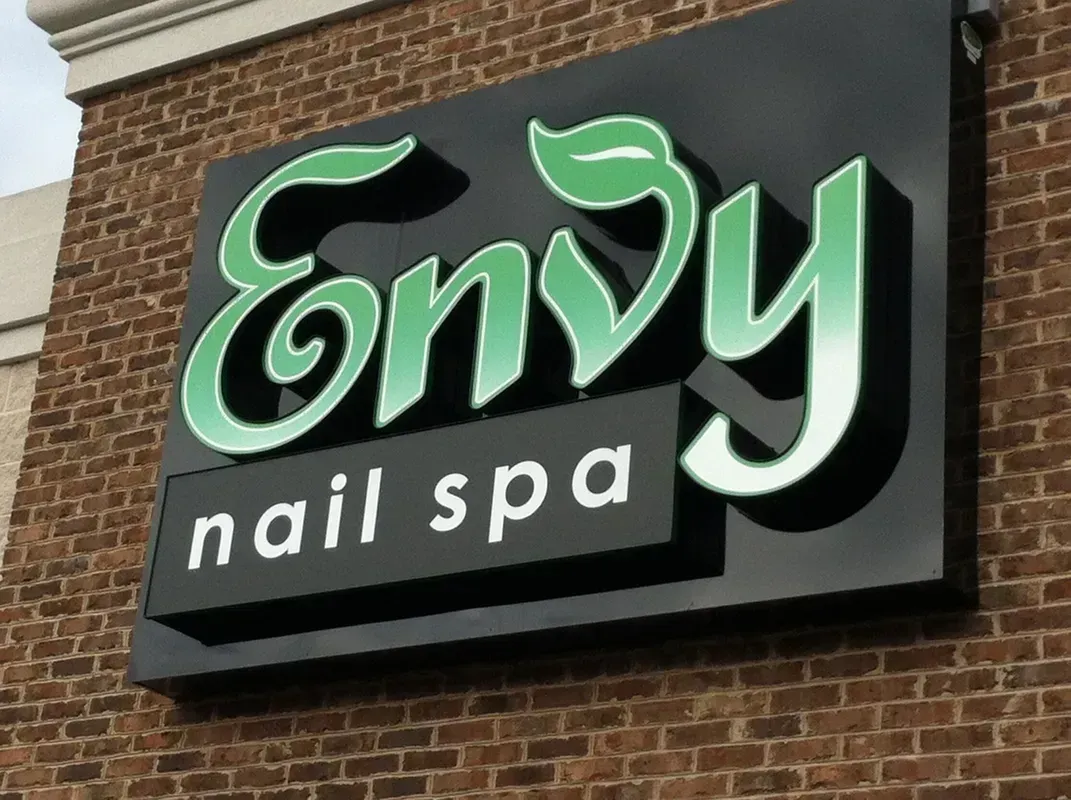10 Banner Design Trends Dominating 2024: What You Need to Know.
Banner design plays a pivotal role in the landscape of digital marketing and advertising, serving as a visual hook that can significantly influence consumer behavior and engagement. Over the years, the evolution of banner design trends has mirrored the dynamic changes in technology, consumer preferences, and digital platforms, constantly reshaping the way brands communicate visually online. As we venture into 2024, it's crucial for designers, marketers, and brands to stay ahead of the curve to create impactful and effective digital banners. This article aims to explore the top 10 banner design trends dominating 2024, providing insights into the creative directions and innovative strategies that are set to define the future of digital advertising. Understanding these trends will not only inspire your next banner design projects but also ensure that your marketing efforts resonate with the target audience, driving engagement and conversions in the digital realm.
Trend 1: Minimalism and Clean Design
Minimalism in banner design emphasizes the principle of "less is more," favoring clean, uncluttered layouts that convey messages with clarity and impact. This approach strips away the non-essential elements, focusing on simplicity and functionality to draw attention to the core message or brand. The appeal of minimalism lies in its ability to create a calm and clear visual space in the often noisy digital environment, making it easier for viewers to process and remember the information presented. Effective minimalist banner designs often use a limited color palette, simple typography, and ample negative space to highlight the most crucial elements, whether it's a compelling call-to-action, a logo, or an evocative image. Brands like Apple and Google have successfully utilized minimalist banner designs to create powerful visual statements that resonate with their audiences, proving that simplicity can indeed be the ultimate sophistication in digital advertising.
Trend 2: Bold and Experimental Typography
Typography plays a crucial role in banner design, serving not just as a medium to convey messages, but also as a vital design element that influences the overall aesthetic and effectiveness of the banner. Recent designs have seen a surge in bold and experimental typography, where designers push the boundaries with custom fonts, dynamic text arrangements, and innovative letterforms to grab attention and express brand personality. These creative typographic choices can transform a simple banner into a compelling piece of art that stands out in the digital landscape. However, it's crucial to balance creativity with readability. To incorporate creative typography without sacrificing readability, consider maintaining a clear hierarchy of information, ensuring contrast between text and background, and choosing legible fonts for essential details. Additionally, limiting the variety of fonts to two or three and employing ample white space can help maintain focus and readability, allowing the typography to make a statement while keeping the message clear.
Trend 3: Vibrant and Saturated Colors
The shift towards more vibrant color palettes in banner design marks a bold departure from more subdued tones, reflecting a desire to captivate and energize viewers. Saturated colors are known for their psychological impact, with the ability to evoke emotions, convey messages, and significantly increase viewer engagement. Bright hues can inspire feelings of happiness, excitement, or urgency, making them powerful tools for drawing attention and prompting action in digital advertising.
However, leveraging vibrant colors without overwhelming the viewer requires a thoughtful approach to maintain visual harmony. Designers can achieve this balance by using contrasting colors to create focus points and employing neutral backgrounds to allow bright elements to pop without causing visual fatigue. Additionally, understanding color theory and the emotional connotations of specific hues can guide the selection of a palette that not only grabs attention but also aligns with the banner's message and tone. By carefully curating vibrant colors, designers can craft banners that are both visually striking and harmoniously composed, ensuring a lasting impact on the audience.
Trend 4: Custom Illustrations and Hand-Drawn Elements
In recent years, there has been a noticeable shift towards custom illustrations over stock images in banner design. This trend reflects a growing appreciation for the charm and authenticity that hand-drawn elements bring to digital content. Unlike stock images, custom illustrations offer a unique and personal touch, allowing brands to stand out and connect with their audience on a deeper level. Hand-drawn illustrations convey a sense of craftsmanship and individuality, capturing attention and fostering a more genuine connection with viewers.
Integrating illustrations that reflect brand identity and message is essential for creating cohesive and impactful banners. By incorporating custom illustrations that align with brand aesthetics, values, and messaging, designers can reinforce brand identity and evoke desired emotions in the audience. Whether whimsical and playful or sleek and professional, custom illustrations have the power to elevate banner designs and leave a memorable impression on viewers, making them a valuable asset in today's digital advertising landscape.
Trend 5: Interactive and Animated Banners
The rise of interactive elements in banner design has revolutionized digital advertising, offering brands new avenues to engage with their audience in dynamic and captivating ways. Animated banners have emerged as a powerful tool to increase engagement, with subtle animations adding an extra layer of interest and interactivity to static content. Examples abound of animated banners that have significantly boosted engagement metrics, from simple motion graphics to more complex interactive experiences.
When incorporating animations into banner designs, it's essential to follow best practices to ensure they enhance rather than detract from the message. Subtlety is key, with animations serving to draw attention to important elements without overwhelming or distracting the viewer. Opting for smooth transitions, limited motion, and purposeful effects can create a seamless and enjoyable user experience. Additionally, considering load times and file sizes is crucial to ensure animations are optimized for various devices and internet connections, guaranteeing a smooth and uninterrupted viewing experience for all users.
Trend 6: 3D Design and Typography
The incorporation of 3D elements into banner design introduces a new dimension of depth and visual appeal, elevating static banners into immersive and attention-grabbing experiences. Despite existing within a 2D digital space, modern technology allows designers to seamlessly integrate 3D effects, creating the illusion of depth and movement. Techniques such as parallax scrolling, depth mapping, and layering enable the creation of lifelike 3D elements that captivate viewers and enhance brand messaging.
However, balancing 3D elements within a banner design requires careful consideration to avoid overwhelming the viewer. Designers must strike a harmonious blend between 3D and 2D elements, ensuring that the 3D effects enhance rather than overshadow the message. Strategic placement, subtle animations, and cohesive integration with the overall design aesthetic are essential for achieving maximum impact without overwhelming the viewer. By skillfully incorporating 3D elements, designers can create banners that not only stand out in a crowded digital landscape but also leave a lasting impression on their audience.
Trend 7: Asymmetrical Layouts and Broken Grid Patterns
As digital design evolves, there's a noticeable departure from traditional grid layouts towards more dynamic and visually engaging compositions. Embracing asymmetry in banner design creates a sense of movement and spontaneity, captivating the viewer's attention and guiding their gaze across the layout. Unlike rigid grid structures, broken grids introduce an element of unpredictability, allowing designers to experiment with unconventional placements and overlapping elements for added visual interest.
Effective use of broken grids in banners can be seen across various digital platforms, where designers leverage this technique to highlight key content, create focal points, and inject personality into their designs. By strategically breaking the grid, designers can draw attention to specific elements while maintaining a cohesive and balanced overall composition. Whether it's through overlapping images, staggered text blocks, or unexpected alignments, broken grids offer endless creative possibilities for crafting memorable and impactful banner designs in today's dynamic digital landscape.
Trend 8: Augmented Reality (AR) Integration
Augmented Reality (AR) presents a groundbreaking opportunity in banner advertising, offering an immersive and interactive experience that goes beyond traditional static content. AR-enabled banners have the power to transform passive viewing into active engagement, allowing users to interact with virtual elements overlaid onto the real world through their devices. Successful examples of AR in banner advertising abound, showcasing innovative uses such as virtual product trials, interactive storytelling, and gamified experiences that captivate and delight users.
Implementing AR in banner design requires careful consideration of various factors. Firstly, ensuring compatibility across devices and platforms is crucial to reach the widest audience possible. Additionally, optimizing the AR experience for seamless integration with the user's environment and providing clear instructions for interaction are essential for a positive user experience. Moreover, designers must strike a balance between novelty and functionality, leveraging AR to enhance the message and brand identity without overshadowing the primary content. By harnessing the potential of AR, banner advertising can evolve into a truly immersive and engaging medium that leaves a lasting impression on users.
Trend 9: Eco-friendly and Sustainable Themes
The growing importance of sustainability in design has led to a shift towards eco-conscious practices in banner design. Incorporating themes and messages that promote sustainability not only aligns with consumer values but also demonstrates a brand's commitment to environmental responsibility. From highlighting renewable resources to advocating for recycling and waste reduction, banners can serve as powerful platforms to raise awareness and inspire action towards a more sustainable future.
Sustainable practices influence design choices and materials in various ways. Designers may opt for eco-friendly materials such as recycled paper or organic fabrics for physical banners, or prioritize energy-efficient digital displays for online advertising. Additionally, adopting minimalist designs and optimizing resources to reduce waste can further enhance the sustainability of banner production. By integrating sustainability into every aspect of design, from concept to execution, banners can become not only visually compelling but also vehicles for positive change, driving awareness and fostering a more environmentally conscious society.
Trend 10: Inclusive and Diverse Imagery
The importance of representation in banner designs cannot be overstated, as it directly influences how audiences perceive and connect with brands. Choosing images and themes that reflect a diverse audience not only fosters inclusivity but also demonstrates a brand's commitment to representing and celebrating the richness of human diversity. By showcasing individuals from various backgrounds, cultures, abilities, and identities, banners become more relatable and resonate with a wider audience.
Incorporating inclusivity in banner designs has a profound impact on brand perception and engagement. Audiences are more likely to feel seen, valued, and understood when they see themselves represented in advertising, leading to increased trust, loyalty, and brand affinity. Moreover, inclusive banners have the power to challenge stereotypes, break down barriers, and foster empathy and understanding among diverse communities. By prioritizing representation and inclusivity in banner designs, brands can create more meaningful connections with their audience and contribute to a more inclusive and equitable society.
Conclusion
As we look back at the top banner design trends for 2024, it's evident that the digital landscape continues to evolve, demanding innovation and creativity from designers and brands alike. From vibrant color palettes and custom illustrations to interactive elements and AR experiences, the year has been marked by a plethora of dynamic and engaging design trends. Staying ahead in design is crucial for brands looking to captivate and attract audiences in an increasingly competitive market. By embracing these trends and experimenting with new techniques, brands can not only stay relevant but also differentiate themselves and leave a lasting impression on their audience.
However, amidst the excitement of experimenting with new trends, it's essential to remain true to brand identity. While incorporating these trends, brands should ensure consistency and alignment with their core values, messaging, and aesthetics. By striking a balance between innovation and authenticity, brands can create banner designs that not only captivate but also resonate with their audience on a deeper level, fostering lasting connections and driving meaningful engagement.
Call to Action
As we conclude our exploration of the top banner design trends for 2024, we're eager to hear your thoughts and insights. At Eastern Sign Company, we're committed to staying at the forefront of design innovation and providing our clients with captivating and effective banner solutions. We invite you to share your experiences and perspectives on these trends—how do you envision incorporating vibrant colors, interactive elements, or sustainable practices into your upcoming design projects?
Don't hesitate to reach out to us at (609) 927-0885 to discuss how we can help bring your vision to life. Whether you're looking to experiment with AR experiences, embrace minimalist aesthetics, or explore custom illustrations, our team is here to collaborate with you every step of the way. Let's embark on a creative journey together and create banners that truly stand out in today's digital landscape.

